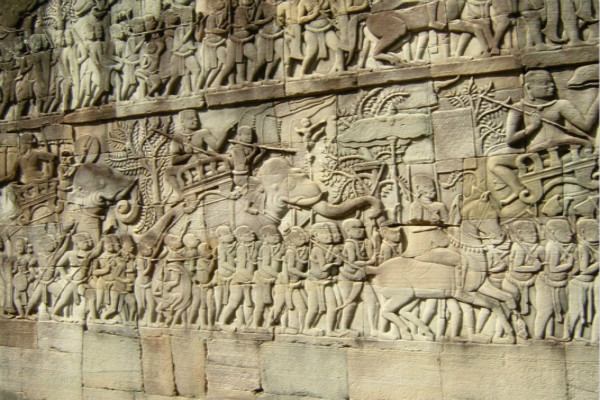
By Alvin Cheng-Hin Lim
Cambodia and Maritime Southeast Asia Before the Revolution
Editor’s note: The following article is an excerpt from “Cambodia and Maritime Southeast Asia,” the author’s chapter in Cambodia’s Foreign Relations in Regional and Global Contexts. This book is available as a free download. The author thanks Konrad-Adenauer-Stiftung Cambodia for granting permission to republish this excerpt.
While the maritime states of Southeast Asia — Indonesia, Malaysia, Singapore, Brunei Darussalam, the Philippines, and Timor-Leste — are not in Cambodia’s immediate neighborhood, they remain of great importance for the study of Cambodia’s foreign relations. In the geostrategic context, Cambodia’s support for China has entangled Cambodia in China’s fractious South China Sea disputes with the maritime Southeast Asian claimant states of Indonesia, Malaysia, Brunei Darussalam, and the Philippines. Looking further back in history, the Association of Southeast Asian Nations (ASEAN), which counts the maritime Southeast Asian states of Indonesia, Malaysia, the Philippines, and Singapore among its founding members, was involved with the Cambodian civil war and peace process. Looking even further back in history, we find that the pre-colonial kingdoms of today’s Cambodia and maritime Southeast Asia had significant dealings with one another. It is from that early period that we shall begin our survey of Cambodia’s relations with maritime Southeast Asia.
The Pre-colonial and Colonial Eras
The powerful Sailendra dynasty of Java, which flourished in the eighth and ninth centuries CE, claimed to be descendants of the older Cambodian kingdom of Funan (Middleton, 2005, p. 817). Funan, which was founded in the first century CE, was “the first powerful kingdom in the region,” and its territory at its greatest extent “encompassed much of what is now Cambodia, southern Thailand and the northern part of the Malay Peninsula.” By the fourth century, the Funanese port of Oc Eo had become a major node in the trade and missionary networks of the maritime Silk Road between India and China (Sen, 2014, pp. 40-45). Hall (1981) notes that the archeological site of Oc Eo “bears evidence of maritime relations with the coast of the Gulf of Siam, Malaya, Indonesia, India, Persia and, indeed, directly or indirectly with the Mediterranean” (p. 25). In 612, Funan, which had gone into decline by then, fell to the rising Cambodian kingdom of Chenla. Chenla subsequently suffered a succession crisis in 657, when its king Jayavarman I died without a male heir. The crisis led the kingdom to split into Upper and Lower Chenla, and “so great was the turmoil that the realm became an arena for invading armies … For the next two centuries, armies from Champa and Java ravaged the land, exerting influence or domination over various Chenla princes” (DiBiasio, 2013, pp. 11-12).
By the eighth century, almost a century after the demise of Funan, the Sailendra dynasty had come into power in Java, and they began the construction of their famed monuments, including Borobudur temple. The Sailendras, who claimed descent from the royal house of Funan, based their dynastic name, which means “King of the Mountain,” on the old Funanese royal title (Cœdès, 1966, p. 96; Saunders, 2013, pp. 7-8; Middleton, 2005, p. 817). Intriguingly, the royal family of Brunei Darussalam also claims descent from Funan. Their claim is based on an old Bruneian legend which recounts how the surviving members of the Funan royal family who had escaped from Chenla had settled in Borneo around 680, whereupon they reestablished their kingdom and a new royal lineage that eventually became the royal family of Brunei Darussalam (Yunos, 2007; Saunders, 2013, p. 17).
In 770, Jayavarman II, a Khmer prince who had been raised as a royal hostage at the Sailendra court, returned to the divided lands of Chenla and began a rebellion of the Khmer people against Sailendra rule. At Ba Phnom he performed an “auspicious magic rite” to make it “impossible for Java to control holy Cambodia,” and in 802 he held an elaborate ceremony at Phnom Kulen to declare himself chakravartin (universal monarch), in which he pledged that he would “ensure that the country of the Kambujas would no longer be dependent on Java” (Chandler, 2008, pp. 39-40; SarDesai, 2010, p. 26; Wolters, 1973, p. 21). Jayavarman II’s “country of the Kambujas” would become the Cambodian empire of Angkor, and Jayavarman II himself would spend the rest of his life travelling around his kingdom, which some historians believe indicates “a life on the run” from the Javanese (Chandler, 2008, p. 40; DiBiasio, 2013, p. 2). Indeed, it was during this period of Jayavarman II’s rebellion that the Sailendras captured Lower Chenla as their vassal state (Taylor, 2007, p. 282). SarDesai (2010) recounts the gruesome legend:
“According to a tenth-century Arab traveler-writer, Sulayman, a Chenla king expressed the desire to have the head of a Javanese king brought before him on a dish. News of this reached the Sailendra king of Java, who in 790, under the pretext of a pleasure cruise, armed his fleet, invaded Lower Chenla, killed its king, appointed a successor to the throne, embalmed the decapitated head, placed it in an urn, and sent it to the king of Upper Chenla.” (p. 26)
Despite the eventual end of the Sailendras’ influence over Cambodia and the subsequent rise of the Angkor empire, Javanese influence would persist in Cambodian culture, for example in the royal cult of the devaraja (god-king) (Chandler, 2008, pp. 41-42; Widyono, 2012, p. 49).
Another precolonial linkage between Cambodia and maritime Southeast Asia can be found in Cambodia’s Cham minority, as their history is entwined with that of the Malay sultanates of maritime Southeast Asia. Experts believe that the Cham originated from a population of Malayo-Polynesian-speaking migrants from Borneo who settled on the coast of Vietnam around 1,000 BC. These migrants formed the Sa Huynh culture which eventually became the kingdom of Champa. After the fall of the Cham city of Vijaya in 1471, a Cham diaspora emerged, with Cham communities eventually settling across the region, including Cambodia, Hainan island, and the Malay sultanates located in Java, Sumatra, the Malay Peninsula, and the Southern Philippines (Bray, 2014; Scupin, 1995, pp. 304-305). Unlike the Cham who remained in Vietnam and eventually converted to Shia Islam, the Cham who settled in Cambodia had greater contact with Sunni Muslim settlers from the Malay sultanates, and the Cambodian Cham eventually developed a patriarchal Sunni Muslim culture similar to that of the Malay Muslims (Kersten, 2006, p. 10; Scupin, 1995, pp. 309-310).
Cham and Malay political influence in Cambodia reached their apex in 1642, when a violent palace coup led to the ascension of a Khmer prince, Reameathipadei I, who converted to Islam and adopted the Muslim name Ibrahim.
Malay settlements in Cambodia date from the fourteenth century when traders and Muslim preachers from “Borneo, Sumatra, Singapore, Terengganu and from the kingdom of Pattani” began settling in Cambodia. Portuguese and Spanish accounts from the sixteenth century record that “Malay merchant ships frequently visited Khmer ports,” while “the Khmer chronicles also mention the services of Malays as guards to the Khmer monarchs.” Malay settlers, “mostly teachers of the Islamic faith,” continued to arrive in Cambodia during the French protectorate period, but there were also trade relations, with ships from Malay ports including Johor and Terengganu visiting the Cambodian ports of Kampot and Kompong Som (Musa, 2001, p. 4). Chandler (2008) reminds us of the cultural impact of the Malays on Cambodian life, including the common use of Malay loan words like kompong (“landing place”) and psar (“market”) in the Khmer language (pp. 94-95).
The period of European colonialism in Southeast Asia saw early contact between the Cambodian court and the Portuguese and Spanish colonies of Melaka and Manila. Worries over the looming threat posed by Siam led the Cambodian king to seek military aid from the Portuguese and the Spanish. In exchange for this military aid, which Chandler (2008) notes “never arrived,” the Cambodian court delivered “gifts of rice” to the new European colonies and allowed their Catholic missionaries to preach on Cambodian soil. By 1593, the Siamese threat was sufficiently imminent for the desperate Cambodian king to beg the Spanish governor-general of Manila for military aid in exchange for his royal conversion to Christianity. However, the appeal was sent too late, and the Cambodian capital city of Longvek fell to the Siamese in 1594 (p. 100).
Following the fall of Longvek, the Spanish and Portuguese conquistadors Bias Ruiz de Hernan Gonzales and Diego Belloso, assisted by the Catholic friar orders in Melaka and Manila, attempted to restore the deposed Cambodian king — who had since fled to Vientiane — to the throne. However, both were killed in 1599 during a counter-insurrection led by the Malay community. The Malay community in Cambodia had indeed grown in influence during this moment of interregnum, and the Laksamana, the community’s leader, “was even able to carve out a position for himself as an independent warlord.” When the deposed king’s exiled brother was installed by the Siamese as the new Cambodian king in 1602, the influence of the Catholic friar orders finally ended, although the European traders were permitted to remain (Kersten, 2006, pp. 6-7).
Cham and Malay political influence in Cambodia reached their apex in 1642, when a violent palace coup led to the ascension of a Khmer prince, Reameathipadei I, who converted to Islam and adopted the Muslim name Ibrahim (Kersten, 2006, p. 1). The Cambodian chronicles of the period record that while Sultan Ibrahim “forgot about Buddhism and neglected temples, monasteries and the scriptures,” the Cham and Malay Muslims “used the opportunity to build Muslim ‘viharn’ (temples) at various locations in the realm.” Cambodia’s brief period of Muslim rule ended in 1658 when a rebellion led by Ibrahim’s cousins restored Khmer Buddhist rule to the land (pp. 11-15). By the 1800s, Cambodia’s Cham and Malay Muslim populations had settled into small niches within the majority Khmer Buddhist population, specializing in trades like “cattle trading, weaving, and commercial fisheries” (Chandler, 2008, p. 120).
After Cambodia became a French protectorate in 1863, Cambodian relations with the Philippines reemerged at the royal level when a detachment of Filipino troops who had originally been sent by Spain to assist with the French conquest of Indochina found themselves “assigned as palace guards and cannoneers” to the court of Cambodia’s King Norodom. Norodom’s subsequent royal visit to Manila in 1872 saw his recruitment of “a group of Filipino musicians to form the Royal Brass and Reed Band” (Embassy of the Philippines, n.d.). This band may be seen as the forerunner of the Filipino musical troupes who regularly perform at international hotels and other entertainment venues in Phnom Penh and Siem Reap.
The Sihanouk Era
After Cambodia gained independence from France in 1953, King (later Prince) Norodom Sihanouk cultivated relationships with the leaders of other states, including those from maritime Southeast Asia. In 1967, Sihanouk hosted Singaporean Prime Minister Lee Kuan Yew during his state visit to Cambodia (Lim, 2013, p. 24). As Turnbull (2004) recounts:
“Cruising along the capital’s elegant boulevards in his Mercedes convertible, the Singaporean premier turned to his host and mused, ‘I hope, one day, my city will look like this.’” (p. 38)
In 1956, during his state visit to the Philippines, Sihanouk met Philippine President Ramón Magsaysay, and made a public statement of Cambodia’s Cold War position of neutrality, despite reportedly being pressured during this trip to bring Cambodia into the US-led South East Asia Treaty Organization (SEATO). Sihanouk had developed his position of neutrality a year earlier during the 1955 Afro-Asian Conference in Bandung, Indonesia (Leifer, 1962, pp. 127-131). It was also during the Bandung Conference when Sihanouk first met Indonesian President Sukarno, who also espoused the position of neutrality. As Widyono (2012) notes, Sihanouk and Sukarno quickly developed a close friendship, and they subsequently “visited each other’s countries a total of five times and they called each other brothers” (p. 49).
Prior to the establishment in 1962 of diplomatic relations between Cambodia and Indonesia, Sihanouk and Sukarno signed a Treaty of Amity in 1960 which “called for permanent peace and friendship” between their states. In their domestic politics, both Sihanouk and Sukarno attempted but failed to “maintain a political balance between a right-wing military and a growing Communist movement.” In 1965, Sukarno was ousted by General Suharto in a military coup that was accompanied with mass killings of suspected communists, and just five years later Sihanouk was ousted from power by General Lon Nol. The main difference between these events of regime change was that Lon Nol’s regime only lasted until the 1975 Khmer Rouge revolution, while Suharto’s regime ended up lasting over three decades (Widyono, 2012, pp. 49-50).
References
Bray, A. (2014, June 18). The Cham: Descendants of Ancient Rulers of South China Sea Watch Maritime Dispute from Sidelines. National Geographic.
Chandler, D. (2008). A History of Cambodia. Boulder: Westview Press.
Cœdès, G. (1966). The Making of South East Asia (H. M. Wright, Trans.). Berkeley: University of California Press.
DiBiasio, J. (2013). The Story of Angkor. Bangkok: Silkworm Books.
Embassy of the Philippines in Phnom Penh, Cambodia. (n.d.). Philippines-Cambodia Relations.
Hall, D. G. E. (1981). A History of South-East Asia. London: Macmillan.
Kersten, C. (2006). Cambodia’s Muslim King: Khmer and Dutch Sources on the Conversion of Reameathipadei I, 1642-1658. Journal of Southeast Asian Studies, 37(1), 1-22.
Leifer, M. (1962). Cambodia and SEATO. International Journal, 17(2), 122-132.
Lim, A. C. H. (2013). Cambodia and the Politics of Aesthetics. New York: Routledge.
Middleton, J. (2005). World Monarchies and Dynasties. New York: Routledge.
Musa, M. Z. B. (2001). Malay and Cham Relations with the Kingdom of Cambodia during and after the French Protectorate Period (1863-2000). Journal of the Malaysian Branch of the Royal Asiatic Society, 74(2), pp. 1-21.
SarDesai, D. R. (2010). Southeast Asia: Past and Present. Boulder: Westview Press.
Saunders, G. (2013). A History of Brunei. New York: Routledge.
Scupin, R. (1995). Historical, Ethnographic, and Contemporary Political Analyses of the Muslims of Kampuchea and Vietnam. Sojourn, 10(2), 301-328.
Sen, T. (2014). Buddhism and the Maritime Crossings. In D. C. Wong and G. Heldt (Eds.) China and Beyond in the Mediaeval Period: Cultural Crossings and Inter-Regional Connections (pp. 39-62). Amherst: Cambria Press.
Taylor, P. (2007). Cham Muslims of the Mekong Delta: Place and Mobility in the Cosmopolitan Periphery. Singapore: NUS Press.
Turnbull, R. (2004). View from Phnom Penh. The Architectural Review, 215(1287), 38-39.
Widyono, B. (2012). Cambodia-Indonesia Relations. In S. Pou, G. Wade, and M. Hong (Eds.) Cambodia: Progress and Challenges Since 1991 (pp. 48-61). Singapore: ISEAS Publishing.
Wolters, O. W. (1973). Jayavarman II’s Military Power: The Territorial Foundation of the Angkor Empire. The Journal of the Royal Asiatic Society of Great Britain and Ireland, 1, 21-30.
Yunos, R. (2007). The Origins of the Name ‘Brunei Darussalam.’ Brunei Times.



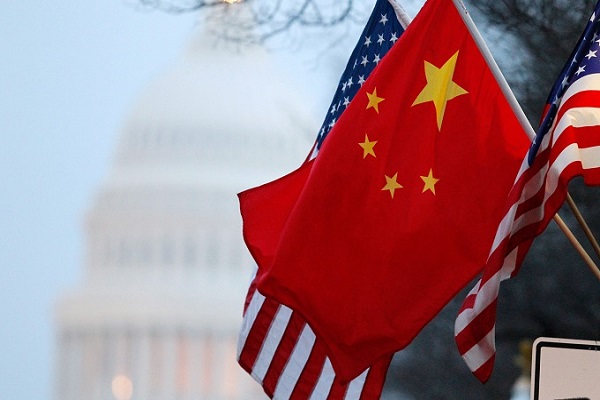
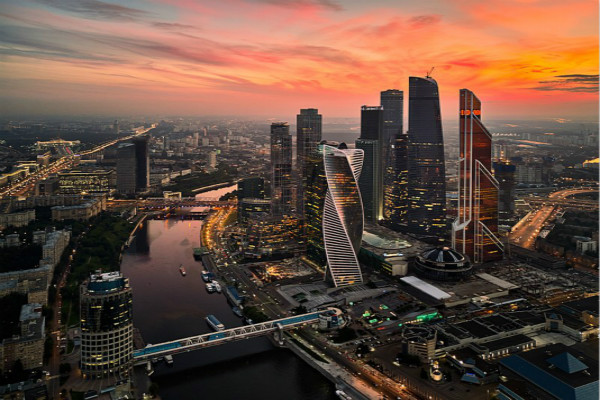
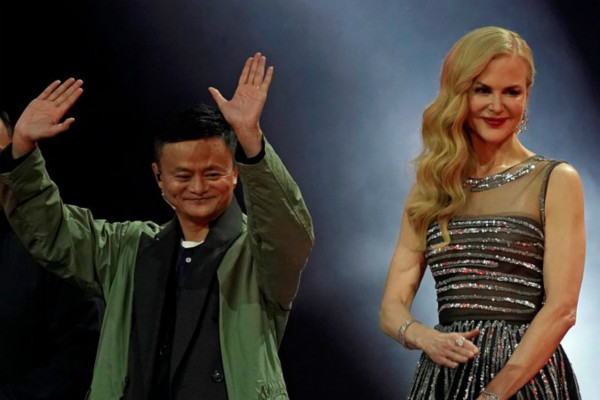
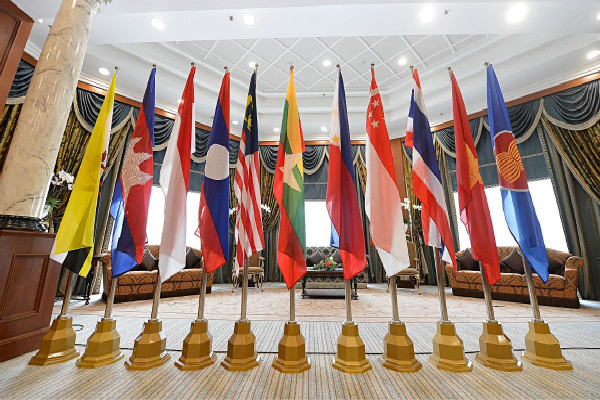
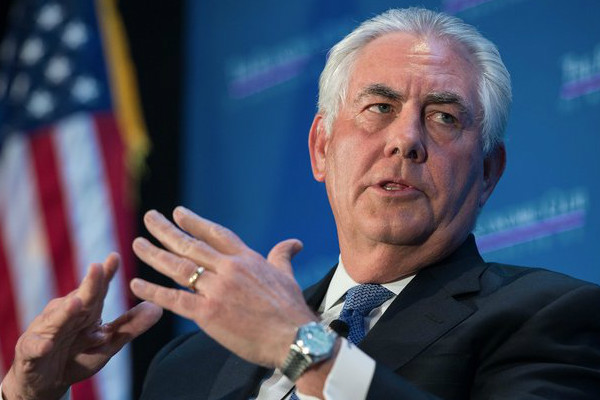
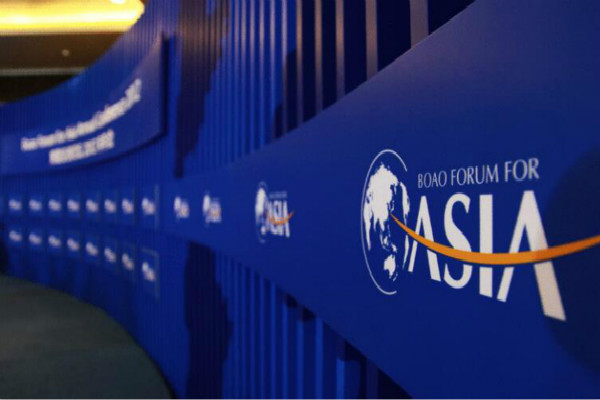
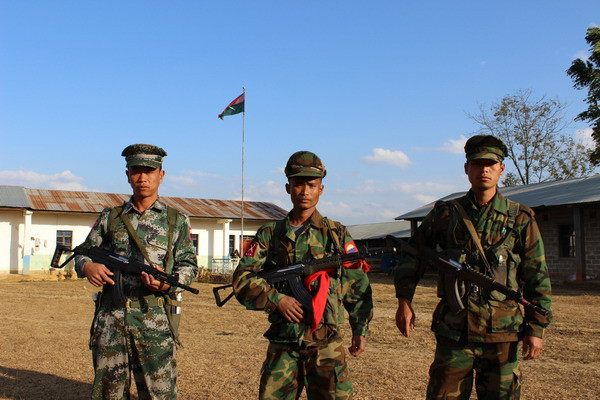

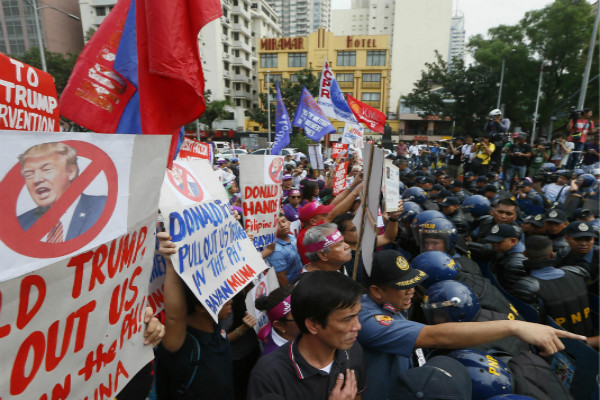
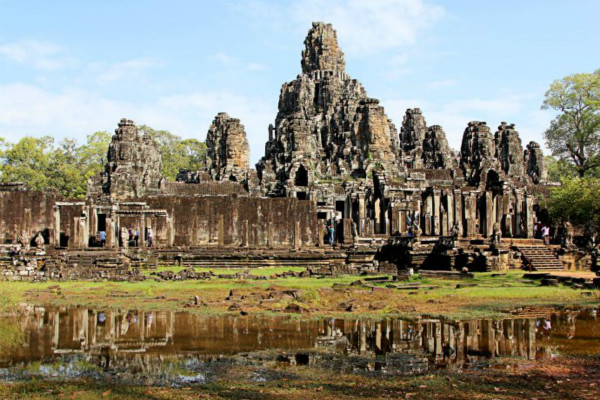


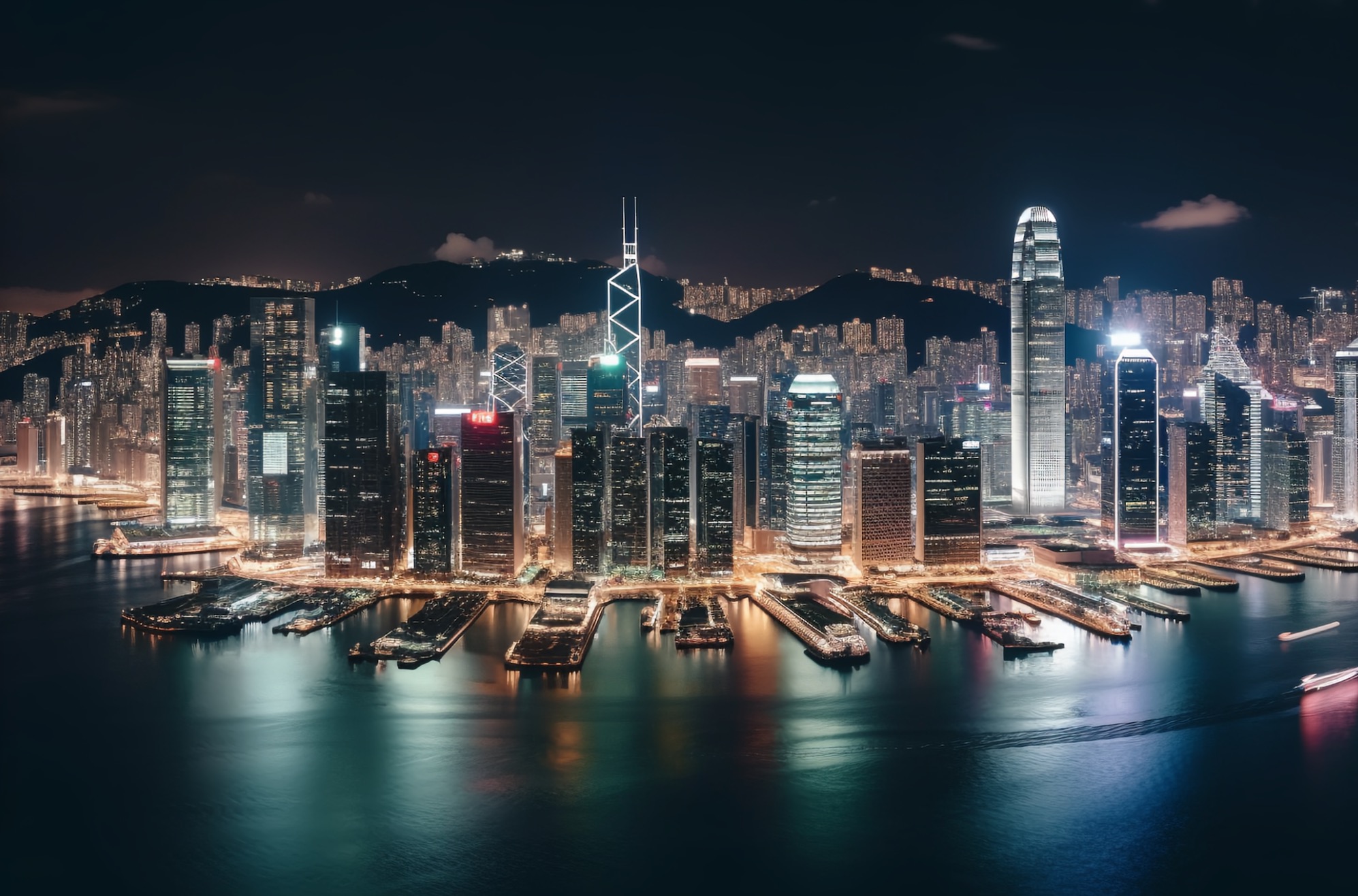
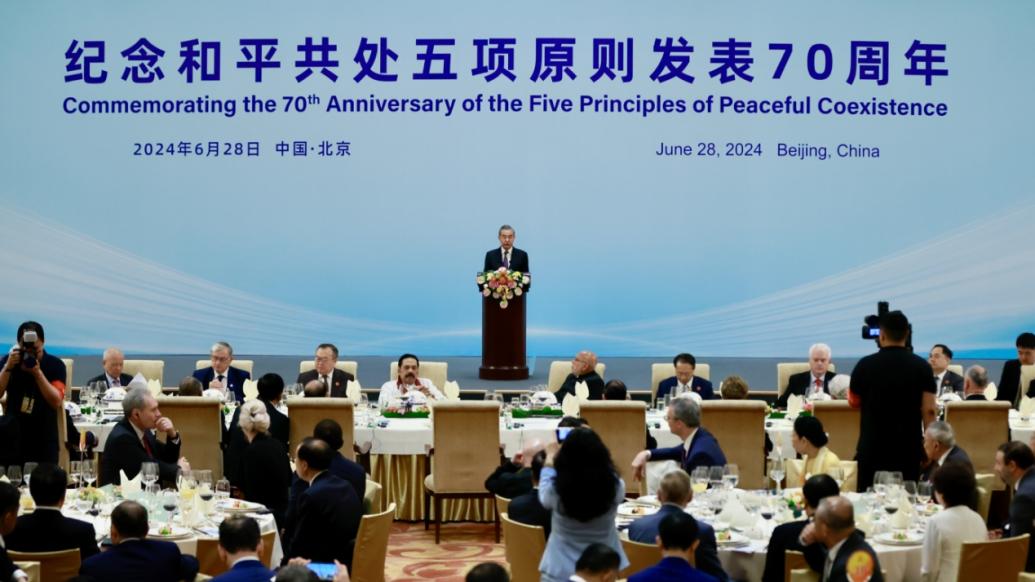
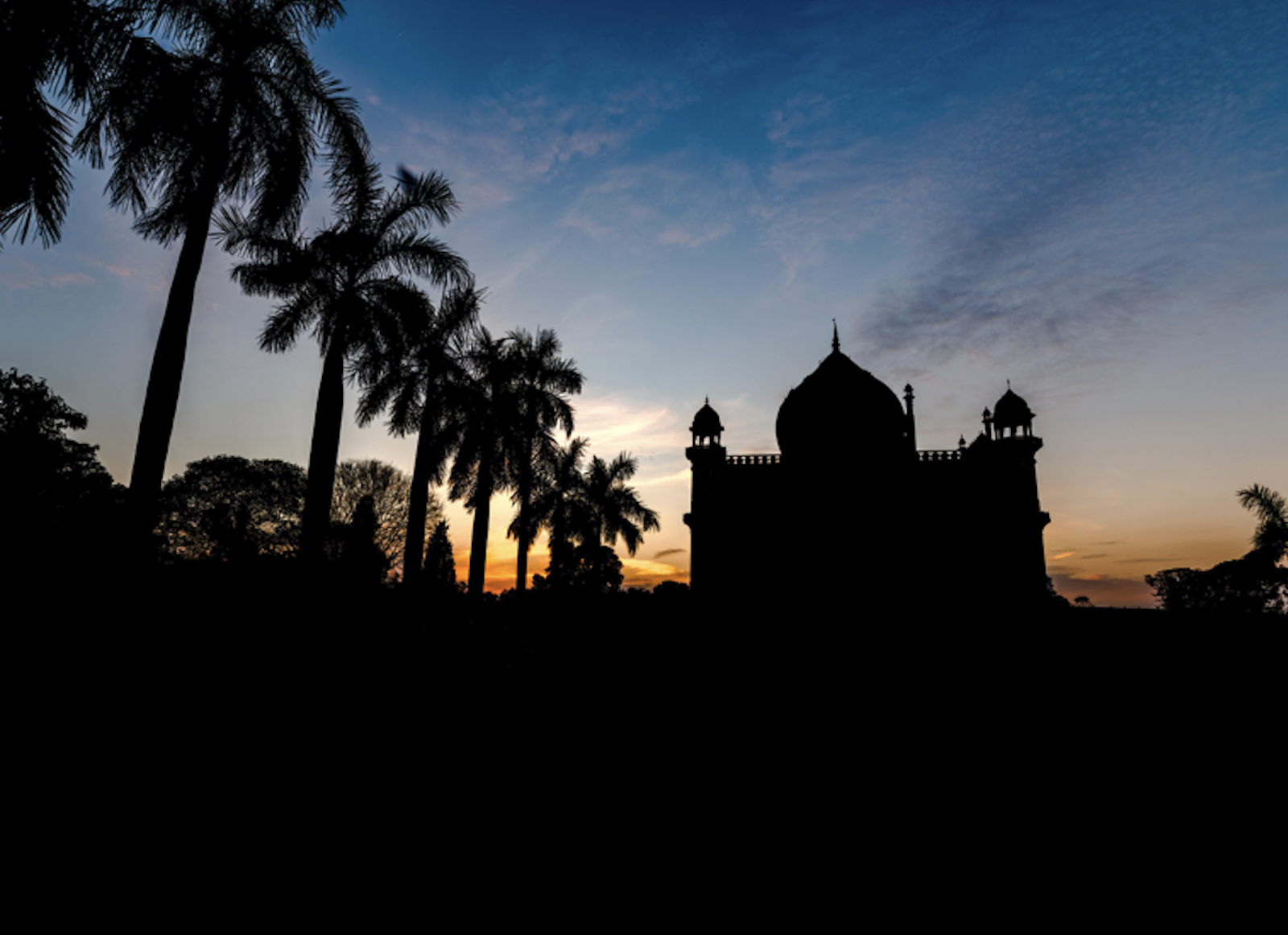
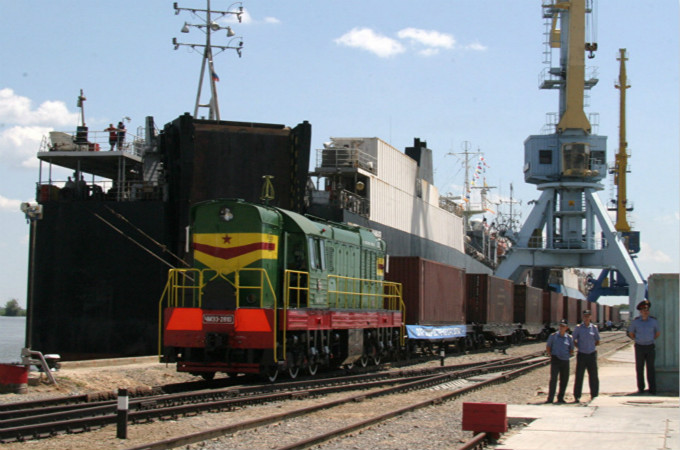
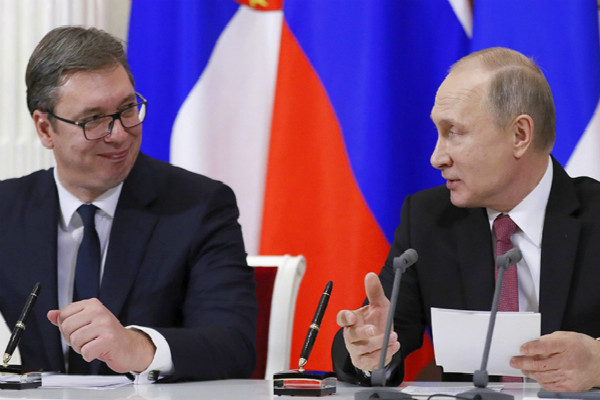

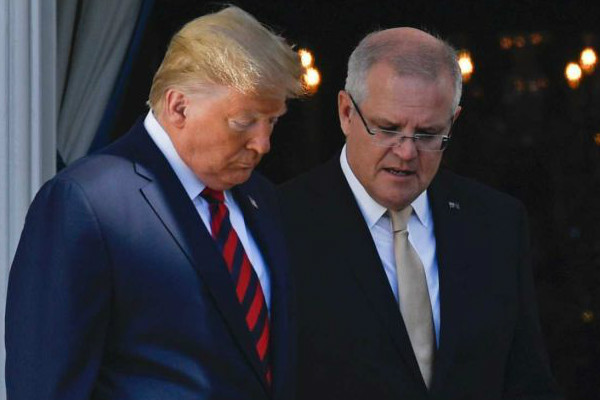
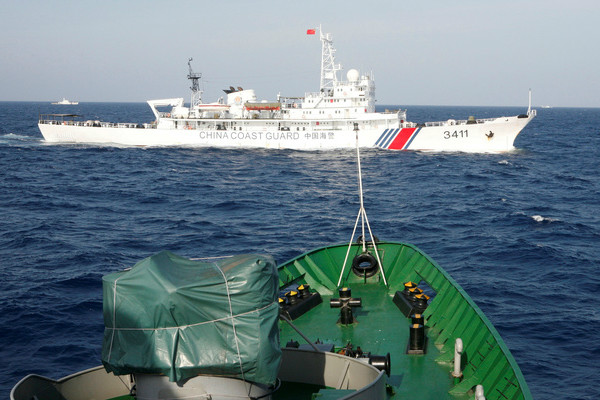

Leave a Reply
Your email address will not be published. Required fields are marked *